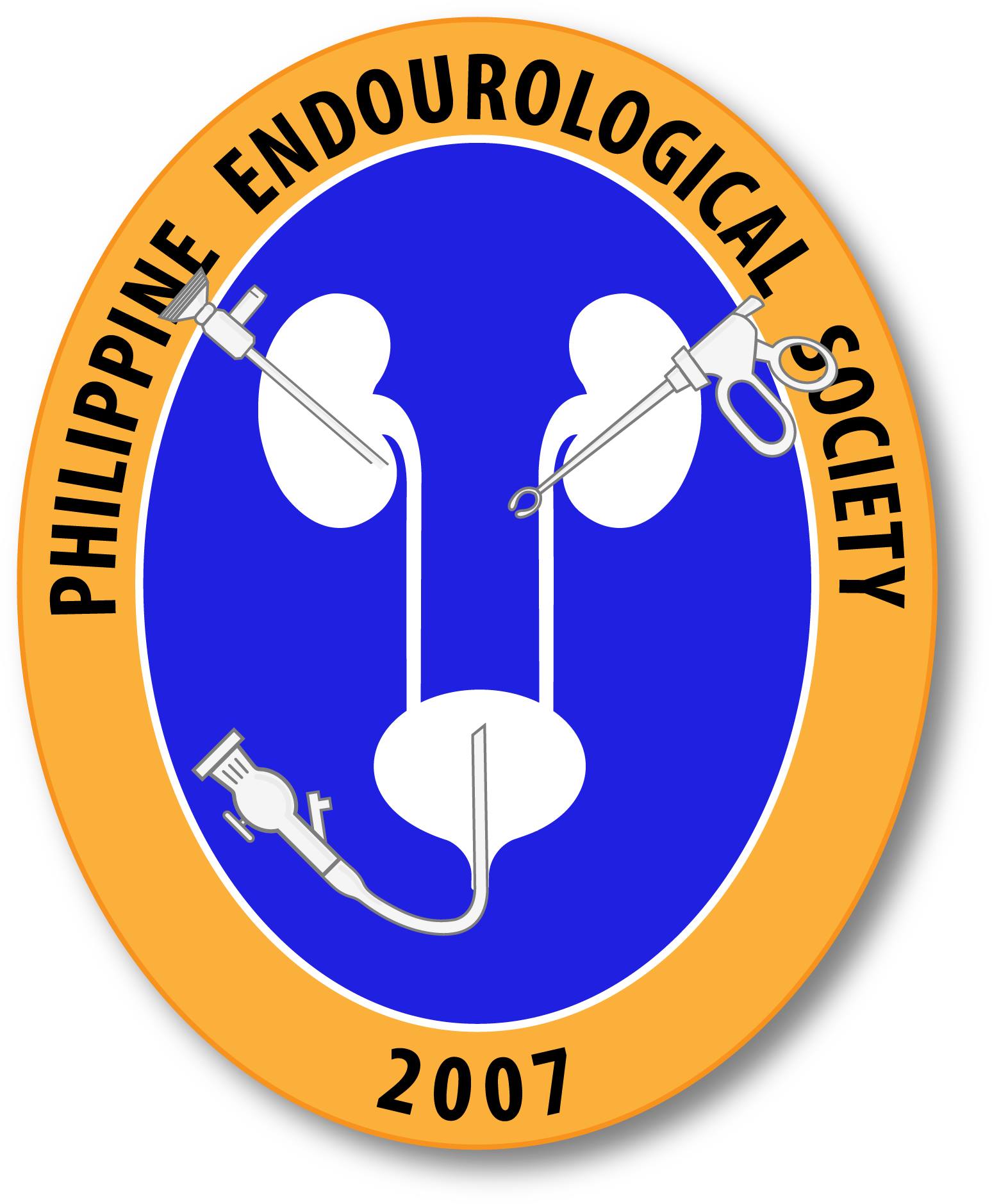Renal cell carcinoma (RCC) is a heterogeneous group of malignant neoplasms that currently encompasses about fifteen different recognized subtypes, a number that will likely increase in this year’s anticipated new World Health Organization (WHO) urinary tract and male genital system tumor classification. Clear cell, papillary (type 1), and chromophobe RCC constitute about 80 – 90% of these tumors, although, thanks to the immense collaborative work on understanding the genomic landscape of RCC in the last two decades, several entity-defining mutations are described.1 Among these genetic alterations, the main chromosomal rearrangement as a hallmark event in RCC is translocation involving microphthalmia transcription factor (MITF) family of genes, and the nomenclature in these renal tumors is based on the MITF family gene involved, including TFE3-rearranged, TFEB-rearranged, and rarely MITF-rearranged RCC.1 The vast majority of translocation-associated RCC contains TFE3 gene fusions, which makes this the most common RCC in pediatric patients and up to 4-5% of adult RCC.
